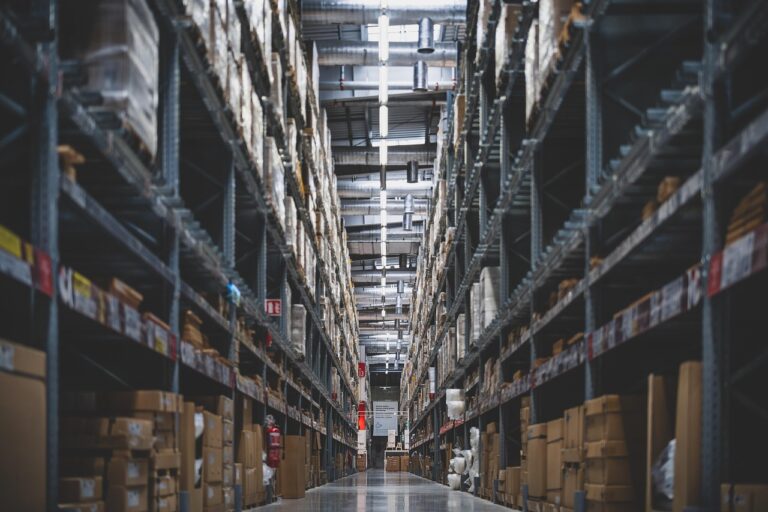Introduction
In today’s fast-paced logistics environment, warehouse efficiency can make or break a business. Every minute saved in material handling translates to reduced operational costs and improved customer satisfaction. Yet many facilities continue to struggle with outdated equipment and inefficient workflows that hamper productivity. The solution often lies not in complex automation systems, but in selecting the right foundational equipment that empowers your team to work smarter.
The Foundation of Efficient Material Handling
Choosing Equipment That Matches Your Needs
The cornerstone of any efficient warehouse operation is having equipment that aligns with your specific operational demands. Different facilities face unique challenges—from narrow aisles and heavy loads to frequent transport across varied distances. Understanding your workflow patterns helps identify which tools will deliver the greatest impact on productivity.
When evaluating material handling solutions, consider factors such as load capacity, manoeuvrability, and durability. A well-designed system from a reputable trolley manufacturer can significantly reduce manual handling injuries whilst improving throughput rates.
Ergonomics and Worker Safety
Employee wellbeing directly affects operational efficiency. Equipment that reduces physical strain leads to fewer injuries, lower absenteeism, and higher morale. Modern material handling solutions incorporate ergonomic designs that minimise bending, lifting, and repetitive stress on workers.
Investing in quality equipment demonstrates a commitment to your team’s safety. Features like adjustable handles, smooth-rolling wheels, and appropriate weight distribution make daily tasks less physically demanding, allowing staff to maintain productivity throughout their shifts.
Maximising Space Utilisation
Compact and Versatile Solutions
Warehouse space comes at a premium, making efficient use of every square metre essential. The right equipment should facilitate better storage density without compromising accessibility. Stackable, collapsible, or nested designs allow for compact storage when equipment isn’t in use.
Versatility matters too. Multi-functional equipment that serves various purposes reduces the need for multiple specialised items, freeing up valuable floor space and simplifying inventory management.
Optimising Traffic Flow
Strategic equipment selection contributes to smoother traffic patterns within your facility. Appropriately sized material handling tools prevent congestion in aisles and at workstations. When equipment dimensions align with your layout, you create natural pathways that enhance movement efficiency and reduce bottlenecks.
Long-Term Cost Considerations
Durability Versus Initial Investment
While budget constraints are real, focusing solely on upfront costs can prove expensive in the long run. Quality equipment may carry a higher initial price tag, but superior construction means fewer replacements, less downtime, and reduced maintenance expenses over time.
Calculate total cost of ownership rather than just purchase price. Factor in expected lifespan, maintenance requirements, and the productivity gains that reliable equipment delivers. This comprehensive approach reveals the true value of investing in quality from the start.
FAQ Section
How often should warehouse equipment be replaced?
Equipment lifespan varies based on usage intensity and maintenance practices. High-quality items typically last 5-10 years with proper care, though heavy-use environments may require more frequent replacement. Regular inspections help identify when equipment needs servicing or retiring.
What are the main benefits of upgrading material handling equipment?
Upgraded equipment typically offers improved ergonomics, enhanced safety features, better manoeuvrability, and increased durability. These benefits translate to reduced injury rates, higher productivity, lower long-term costs, and improved employee satisfaction.
How can I determine the right load capacity for my needs?
Assess your typical load weights and add a safety margin of 20-30%. Consider not just average loads but peak requirements. Overloading equipment compromises safety and accelerates wear, so choosing adequate capacity from the start prevents problems.
Should I standardise equipment across my facility?
Standardisation offers significant advantages: simplified training, interchangeable parts, streamlined maintenance, and often better bulk pricing. However, some operations benefit from specialised equipment in specific areas. Strike a balance between standardisation and functional requirements.
What maintenance practices extend equipment lifespan?
Regular cleaning, lubrication of moving parts, wheel inspections, and prompt repair of minor damage prevent small issues from becoming major problems. Establish scheduled maintenance routines and train staff on proper usage and storage procedures.
Conclusion
Efficient warehouse operations rest on having the right tools for the job. By carefully selecting material handling equipment that balances ergonomics, durability, and operational requirements, you create an environment where productivity thrives. The investment in quality equipment pays dividends through reduced injuries, improved efficiency, and lower long-term costs. As you evaluate your current setup, consider how strategic equipment choices could transform your daily operations and position your facility for sustained success in an increasingly competitive marketplace.







